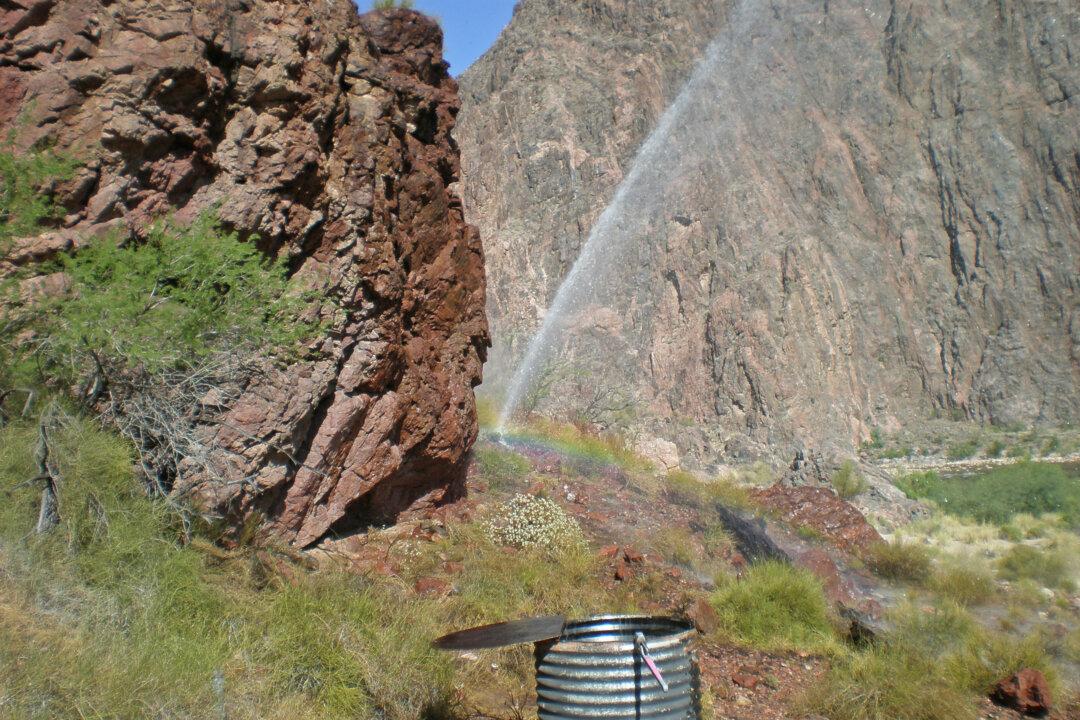NEW YORK—On Tuesday, Gov. Andrew Cuomo walked the grounds of sites in Lower Manhattan that were decimated by floods from Superstorm Sandy one year ago. It gave Cuomo an opportunity to reflect on the devastation, as well as on the progress of recovery so far.
“Mother Nature was going to do whatever Mother Nature was going to do that night,” Cuomo said at the Smithsonian National Museum of the American Indian, a building, which was partially flooded during the storm.
“It was a feeling of powerlessness, and frankly for me [something] I had never felt in my life,” Cuomo added. “It was a traumatic and frightening event, but one we are recovering from.”
Cuomo said people can argue about climate change, but cannot deny the likelihood of storms becoming more powerful or the high probability of New York taking another hit. He has spent much of the past year working with different agencies to ensure the infrastructure New Yorkers rely on the most will be well protected.
New York City’s transportation system and airports sustained heavy flooding the night of the storm. Within days the water was pumped out and partial MTA service resumed, but it exposed how vulnerable the city’s critical infrastructure is to water.
This year the MTA has been looking into new technology that would keep the over 100-year-old system safe from the next storm. A team of 200 MTA staff has been assigned just to work with Sandy recovery and resiliency projects.
During a tour of the South Ferry Station, which has been closed since the storm, MTA officials showed one of the options they are considering: an inflatable plug, called a Resilient Tunnel Plug.
The plug has never been used in transit applications. Officials of ILC Dover, the firm that manufactures the plug, said it would be tested in a secure location soon.
The three-layer plug was only being filled with air for the test, but MTA Chairman and CEO Thomas F. Prendergast said during an emergency it would be filled with water. He estimated it would take less than an hour to fill.
During Sandy the MTA filled 5-foot bladders; however, those took hours to fill and were breeched during the storm.
Measuring 30 feet, the plugs would be custom fitted to the subway tunnels. They would be stored deflated in the wall of the tunnels. The MTA is also looking into flood-proof gates that would cover the entrances to subway stations.
The cost of the MTA specific resiliency measures were not mentioned because they are in the test phase, but Cuomo didn’t seem to be worried about money.
In a Q&A with the press at LaGuardia Airport, the governor joked that the MTA could get whatever it wanted.
“This is one of the rare occasions where the issue is not about funding,” Cuomo said, in a more serious tone. “It will not be about the money, it will be about the technology.”
While the city is working to make itself more resilient, it will be years before many of the projects are fully installed.





